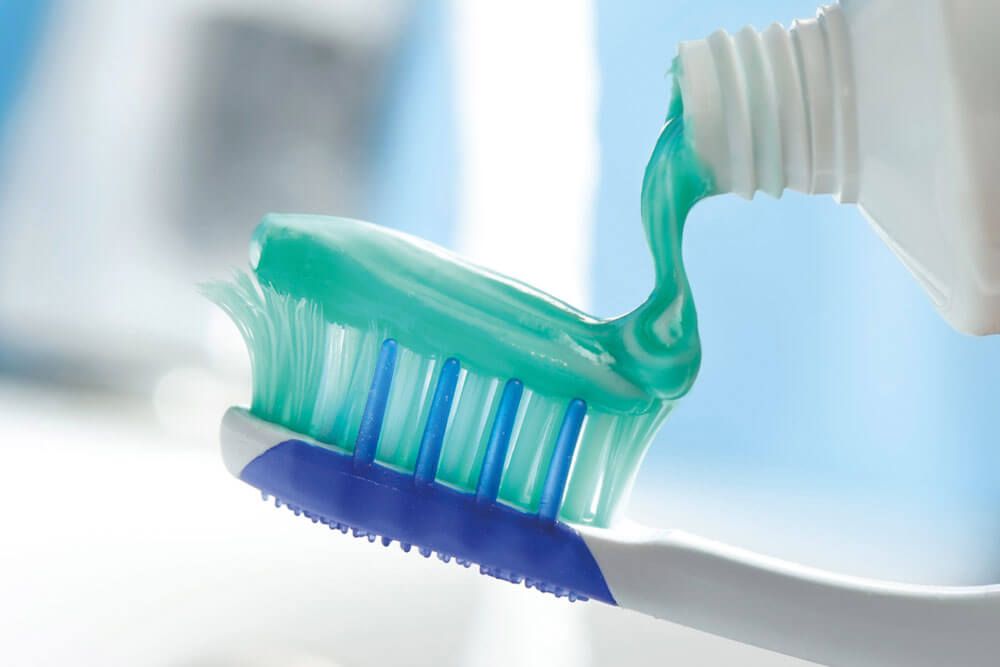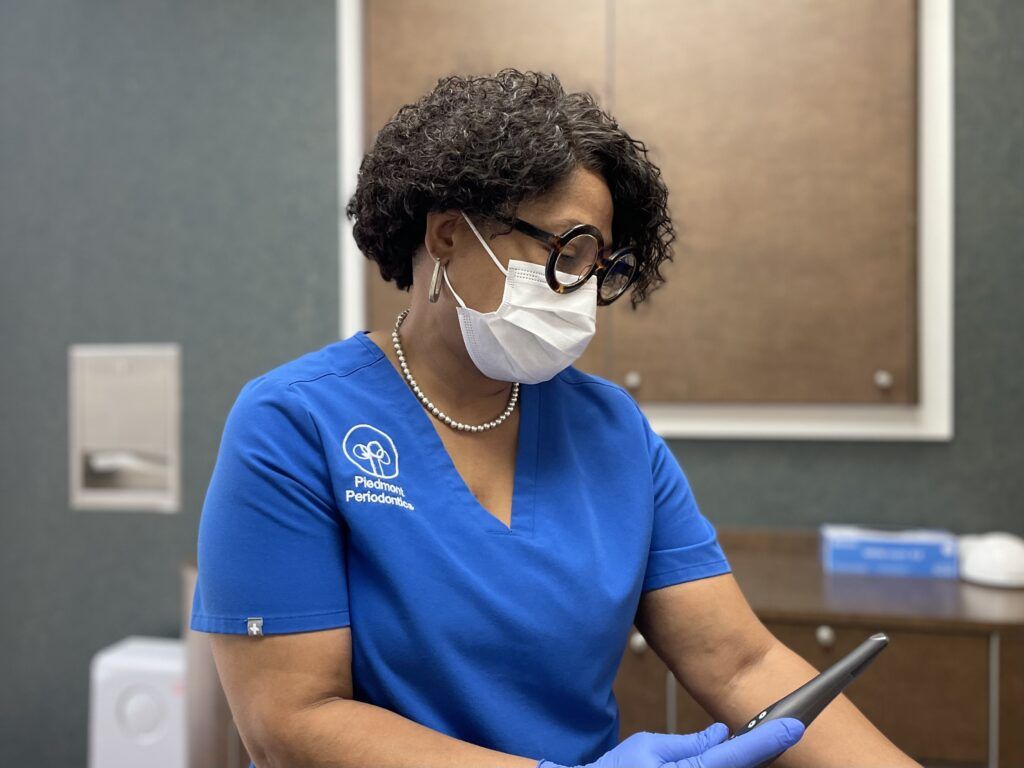How to Prevent Gum Disease with Good Oral Health
Brushing, flossing and making the right choices in oral hygiene products can make a difference in preventing gum pain and gum disease. By following these basic steps for good oral health, you can make your dentist’s and your periodontist’s job a lot easier – not to mention protect your teeth, gums and overall health!
How to Brush Properly
Brushing your teeth twice a day is essential for good oral health. You should change your toothbrush frequently, and consider a motorized toothbrush like Philips Sonicare.
No matter what type of brush you’re using follow these basic steps:
- Brush the outside surfaces of your teeth and hold the brush at a 45-degree angle toward your gums.
- Use the same angle to clean the inside of the back teeth.
- Brush the inside of the upper and lower front teeth and hold the toothbrush vertically.
- Use short gentle strokes to clean the biting surfaces of your teeth.
- Rinse to remove any plaque or food that may have loosened while brushing.
If you experience any gum pain or tooth pain while brushing, call our office.
How To Floss
Periodontal disease usually appears between the teeth where your toothbrush cannot reach – so flossing is essential in your quest to prevent gum disease. Flossing takes time and practice.
Here are the basic steps to follow:
- Start with a piece of floss (waxed is easier) about 18” long.
- Lightly wrap the floss around your fingers and position them to allow the floss to go between your teeth.
- Don’t force the floss or try to snap it into place.
- Bring the floss to the gum line on the side of one tooth, and then curve it into a C-shape against that tooth and pull up to remove debris.
- Clean the upper teeth and then the lower teeth.
- Rinse to remove any plaque or food that may have loosened.
During your first week of flossing, you might experience some gum pain or experience your gums bleeding. However, if the pain continues after regular flossing, call our office.
How to Choose Oral Hygiene Products
It can be tough to choose the right oral hygiene products. With so many on the market, it can be overwhelming. Here are some suggestions for choosing dental care products to prevent gum disease.
- Automatic and “high-tech” electronic toothbrushes – These are safe for most everyone, but keep in mind that water spraying devices are not the same as brushing. Oral irrigators can rinse, but won’t remove plaque. You’ll still need to brush and floss in conjunction.
- Toothbrushes with gum massagers – Some toothbrushes have a rubber tip on the handle, this is used to massage the gums after brushing. There are also tiny brushes (interproximal toothbrushes) that clean between your teeth. If these are used incorrectly, it can cause gums bleeding. Talk with our office or your regular dentist before you use this type of brush.
- Toothpastes and mouth rinses with fluoride – Used in conjunction with brushing and flossing, can reduce tooth decay by as much as 40%. However, these rinses are not recommended for children under six years of age. Keep in mind that tartar can build above the gum line as well as below, so these products have not been proven to reverse early stages of gum disease.
During your initial visit with our office, we’ll ask about your oral hygiene products and make necessary recommendations for your personal care and comfort.


